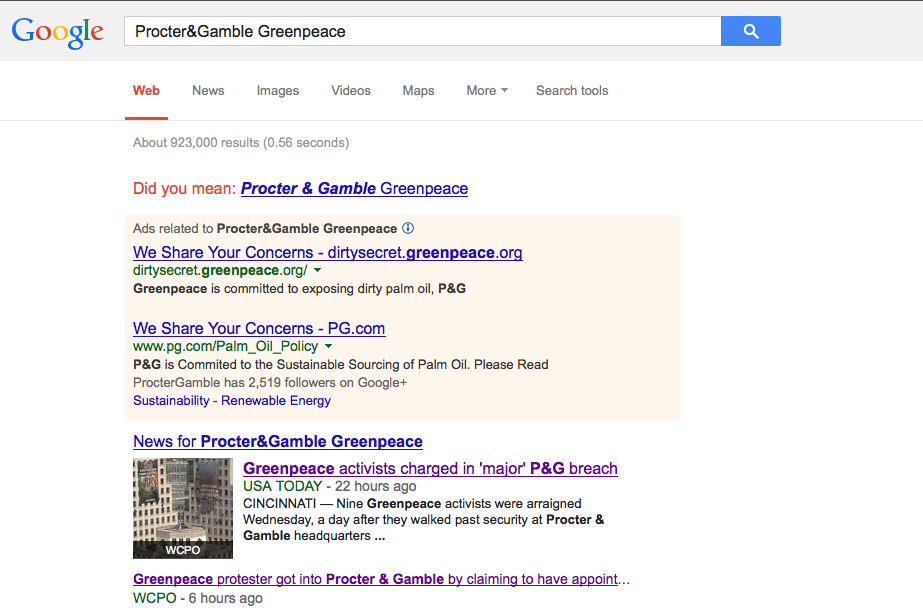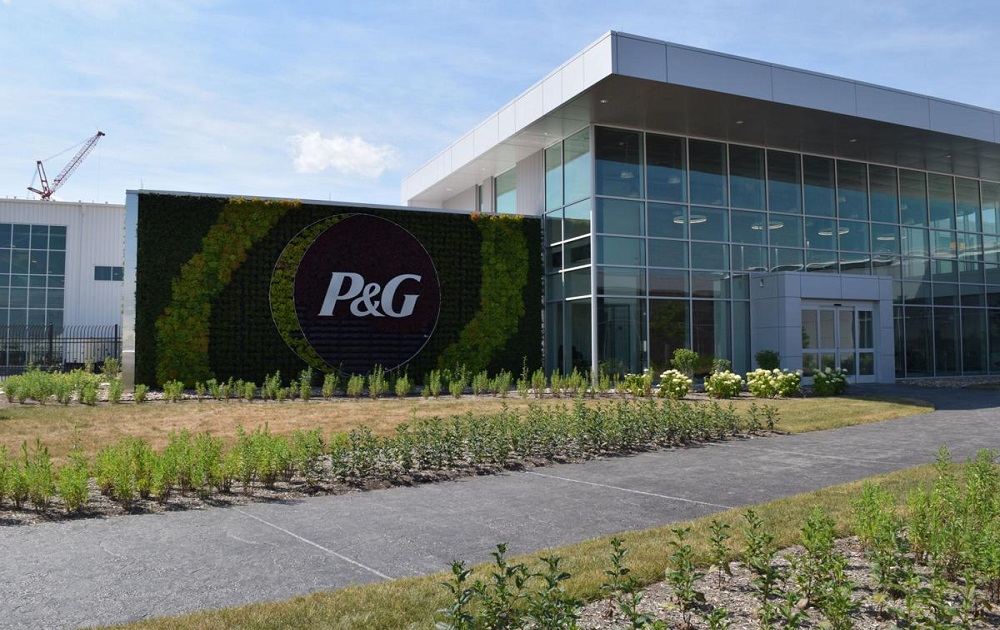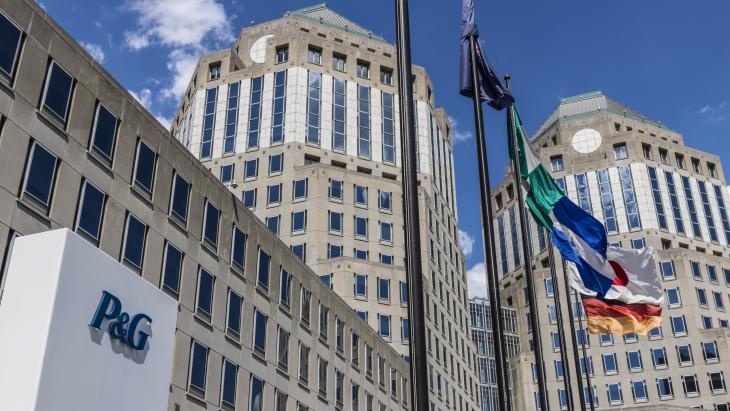Procter And Gamble Usa

Experienced Professionals. We truly value the energy, skills, and new perspectives that experienced hires like you bring into the business. We’re always interested in recruiting extraordinary people who can hit the ground running, introduce us to new ways of working, and make us stronger. Average Procter & Gamble engineer yearly pay in the United States is approximately $96,556, which meets the national average. Salary information comes from 37 data points collected directly from employees, users, and past and present job advertisements on Indeed in the past 36 months. Please note that all salary figures are approximations based. Back to Career Areas. Because of the globality of our business and the fast-changing industry we work in, there are new and unique roles opening up all the time at P&G. Around the world, we recruit pilots, security guards, personal assistants, government liaisons, and more.
Procter And Gamble Usa
Experienced Professionals. We truly value the energy, skills, and new perspectives that experienced hires like you bring into the business. We’re always interested in recruiting extraordinary people who can hit the ground running, introduce us to new ways of working, and make us stronger. PG Complete Procter & Gamble Co. Stock news by MarketWatch. View real-time stock prices and stock quotes for a full financial overview.


Procter And Gamble Canada Address


Procter And Gamble Usa Products
Procter and Gamble Company (P&G) was founded by William Procter and James Gamble, in 1837. Both men were immigrants to the United States. The company began by selling soap and candles, but after the invention of Edison's electric light bulb in 1850, candle sales were so slow that they stopped production. Things looked up, however, because the U.S. Government began to order loads of soap from Procter and Gamble for Union soldiers during the Civil War. With the increase of production demands, the company began to investigate more productive and less time-consuming ways to make soap. That eventually led the firm to many more innovative ideas and many more lines of soap, for hair, laundry, and eventually dishwashers. Other kinds of products would be born as well. A company is formed The two men might not have met had they not married the sisters Olivia and Elizabeth Norris. Their new father-in-law suggested that they become business partners. In 1837, the Procter and Gamble Company was born. With intentions of heading farther west than they managed, William Procter (emigrating from England), and James Gamble (emigrating from Ireland), settled in Cincinnati, the 'Queen City of the West.' Procter had a sick wife to look after, while Gamble had medical problems of his own to overcome. Those factors compelled the future proprietors to 'stay put,' so that destiny would ensure a great company in Ohio. After Proctor's wife died of a terminal illness, he quickly prospered as a candle maker. Meanwhile, Gamble was making ends meet as an apprentice soapmaker. A few months later, on April 12th, 1837, Procter and Gamble started to make and sell mass quantities of candles and soap. A company built of soap In 1859, 22 years after the partnership was formed, P&G had reached $1 million in total sales, in spite of declining candle sales. Fortunately, three years later during the Civil War, Procter and Gamble was awarded numerous contracts to supply soap and candles to Union armies. Those orders kept the factory of 80 employees busy day and night. The fact that P&G supplied soldiers enhanced the company's reputation for heavy-duty quality. That was reinforced when troops came home from the war carrying P&G's soap among their belongings. By the year 1879, a new generation of the company was emerging — while unveiling improved ideas. Founders' sons Harley Procter and Norris Gamble helped to put a new spark into P&G. Norris Gamble developed an inexpensive white soap equal to the former high-quality, imported castiles. Inspiration for the soap's name — Ivory — came to Harley Procter, where he would place $11,000 towards well-spent advertising. The name became an ideal match for the soap's virtual purity ('99 and 44/100ths percent pure'), mildness, and long-lasting quality. By 1890, P&G was selling more than 30 types of soap, including Ivory. The year 1890 also brought an end to 53 years of the business as a partnership. The partners incorporated, and raised additional capital for expansion. William A. Procter, one of two sons of the founder, was then named the first president. P&G then set up one of the earliest product research labs in America at Ivorydale (a newly constructed plant in Cincinnati) to study and improve the soap-making process. In 1907, following the death of his father, William A. Procter, a new president was named, William C. Procter. Expansion and Crisco The year 1911 saw the introduction of P&G's new Crisco product, and by 1915, the company built its first manufacturing facility outside of the United States, in Canada. The plant employed 75 people. By 1943, following the passing of William C. Procter, new president Richard R. Deupree continued the company's robust progress. The introduction of hair products and household cleaning products gained the growing company even more ground, responding to an increasing demand for daily consumer products. When Deupree took the helm in 1930, he didn't take long to supply the Far East with such products — by means of the Philippine Manufacturing Company. Household products and pharmaceuticals P&G weathered The Great Depression and World War II kept it perking. Most people who grew accustomed to P&G's convenience products couldn't put them down. What that allowed was more research and development of past products as well as newly introduced 'conveniences.' By 1978, Procter and Gamble seemed to have covered all bases in household products. From 'Tide' laundry detergent to feminine products, P&G dominated the industry with company expansions throughout Japan, China, Europe, and other parts of the world. The company's introduction of pharmaceuticals in the form of Didronel (a treatment for Paget's disease), spurred a further upward spiral of corporate profits. Still a diverse company Today, after nearly two centuries of research, development, and expansion, there are more than 300 P&G products available to the general public. If you brush your teeth, wash your hair, or take a prescription drug, chances are good that what you're using originated in a Procter and Gamble plant.